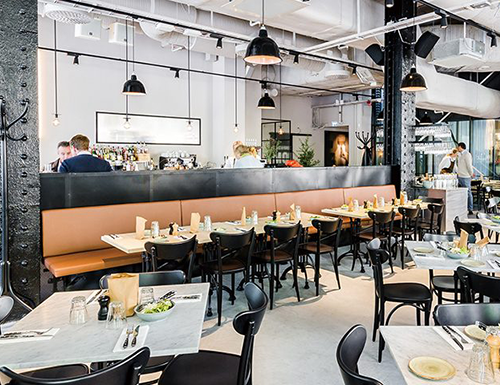Ideal Strategies for Positioning Sound Systems to Enhance Sound Quality and Attendee Involvement in Large Venues
Ideal Strategies for Positioning Sound Systems to Enhance Sound Quality and Attendee Involvement in Large Venues
Blog Article
Positioning loudspeakers in large venues is crucial for ensuring superior audio quality and captivating the audience effectively. The arrangement of speakers can greatly affect how sound propagates throughout the area. When organizing an occasion, it is important to consider the location's dimensions, shape, and sound characteristics. Each of these elements plays a vital role in how sound is dispersed and perceived by the audience. By comprehending these elements, occasion planners can create an optimal configuration that enhances the overall encounter for everyone involved.
One important aspect to consider is the type of speakers being used. Different speakers have unique characteristics that affect sound clarity. For example, array line speakers are often preferred in large venues because they can project sound over long distances while maintaining clarity. These loudspeakers are engineered to work in unison, allowing audio to arrive at every area of the space uniformly. Additionally, subwoofers can be strategically placed to enhance low-frequency output, making the sound encounter more engaging. Choosing the appropriate mix of speakers is essential for achieving the best audio clarity.
Another important factor is the arrangement of the audio system for weddings speakers. The positioning should be determined on the spectators' layout and the location's acoustics. For example, loudspeakers should be set at an suitable elevation and angle to ensure that sound signals hit the spectators without distortion. It is also important to avoid positioning loudspeakers too near to barriers or edges, as this can cause undesired reflections and reduce sound clarity. A carefully planned setup can assist minimize sound issues and foster a more pleasurable auditory encounter.
In addition to loudspeaker placement, audio testing is a crucial process in the process. Before the occasion begins, conducting sound checks allows planners to identify any possible issues and make required adjustments. This checking should include monitoring for feedback, adjusting sound levels, and confirming that all speakers are operating properly. By taking the effort to test the audio setup, event organizers can ensure that the sound quality meets the spectators' expectations and enhances their involvement with the occasion.
Finally, spectator engagement can be additionally enhanced by taking into account the complete design of the location. Elements such as seating, illumination, and platform design can all affect how the audience interacts with the loudspeakers. For instance, a brightly illuminated stage can capture focus to the speaker, while cozy chairs can keep the spectators attentive and alert. By establishing an welcoming atmosphere, planners can foster a connection between the speakers and the spectators, leading to a more memorable and impactful event. In conclusion, meticulous planning and consideration of audio clarity and audience engagement are crucial for effective events in large locations.